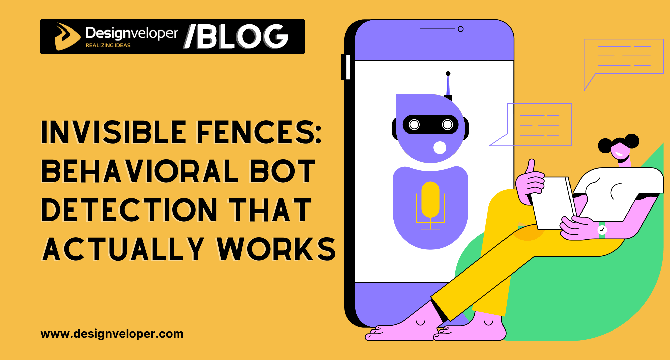Designveloper
2w
173

Image Credit: Designveloper
Invisible Fences: Behavioral Bot Detection That Actually Works
- Invisible fences are used for behavioral bot detection to distinguish between human visitors and code.
- Modern bots have become sophisticated, mimicking human behavior like randomizing HTTP headers and mouse moves.
- Behavioral fingerprinting utilizes various micro-signals to create robust user profiles.
- Monitoring behavioral cues such as hover duration and cursor speed can help differentiate between human users and bots.
- Behavioral fingerprinting involves temporal cadence, spatial motion, and entropy across events to detect automation.
- Implementing a layered defense strategy involves different levels of challenges based on the risk score.
- Measuring micro-interactions like scroll patterns and mouse movements helps in identifying bots.
- Training the detector model involves data clustering, balancing datasets, and refreshing features regularly.
- Security measures should be balanced with user experience to avoid impacting genuine users.
- Behavioral analytics offer a nuanced approach to bot control, creating an adaptive invisible barrier for protection.
- Constant monitoring, model updating, and user-friendly security measures are vital for effective bot detection.
Read Full Article
10 Likes
For uninterrupted reading, download the app